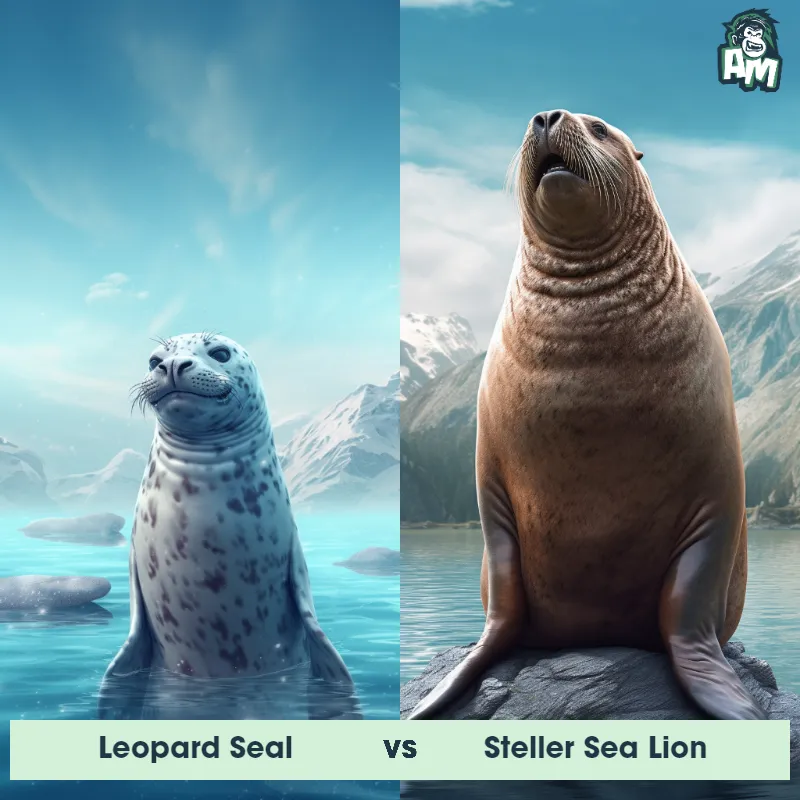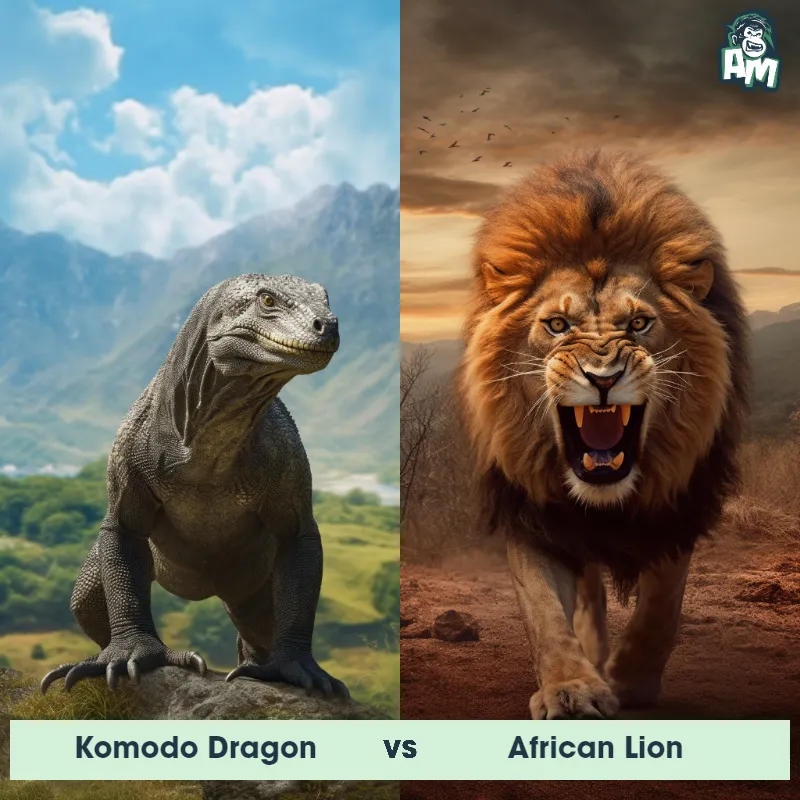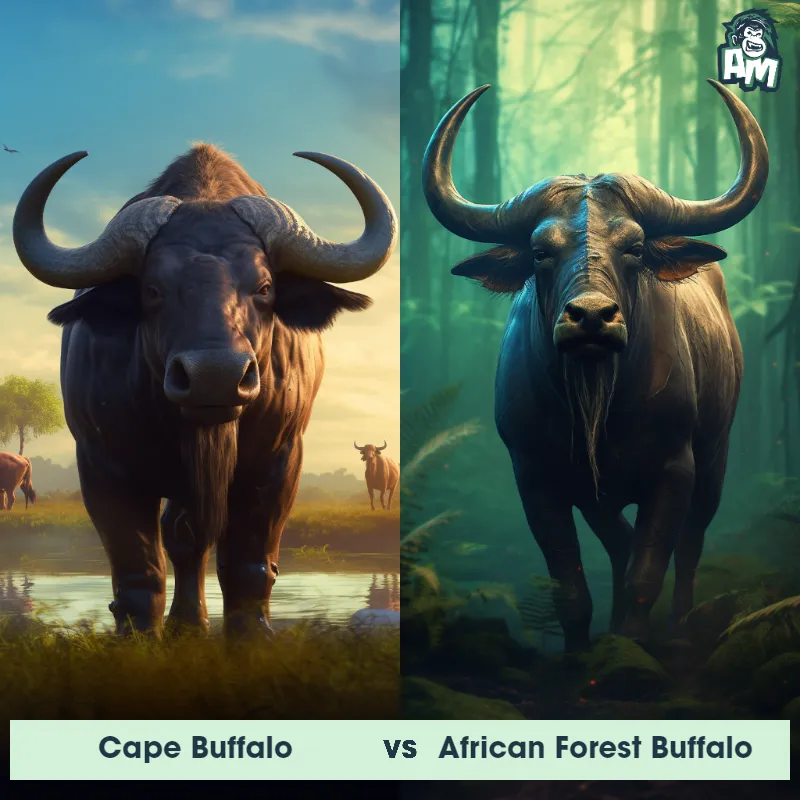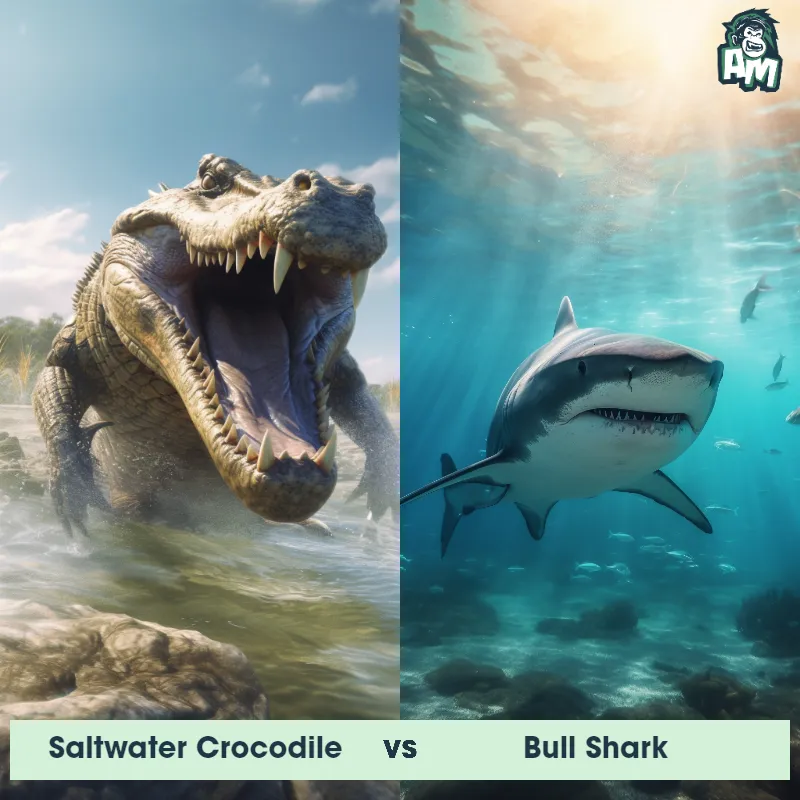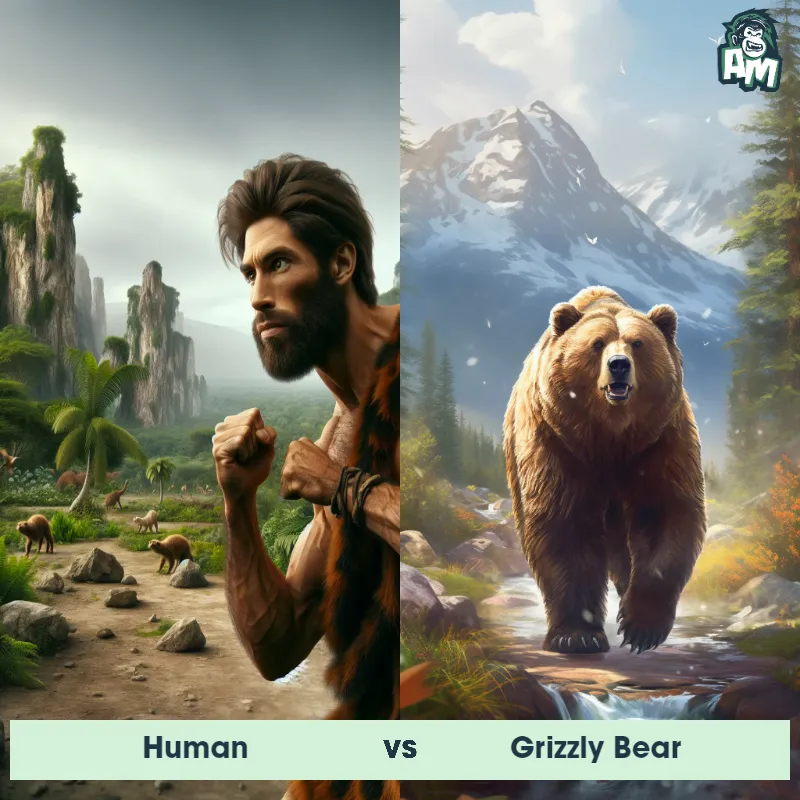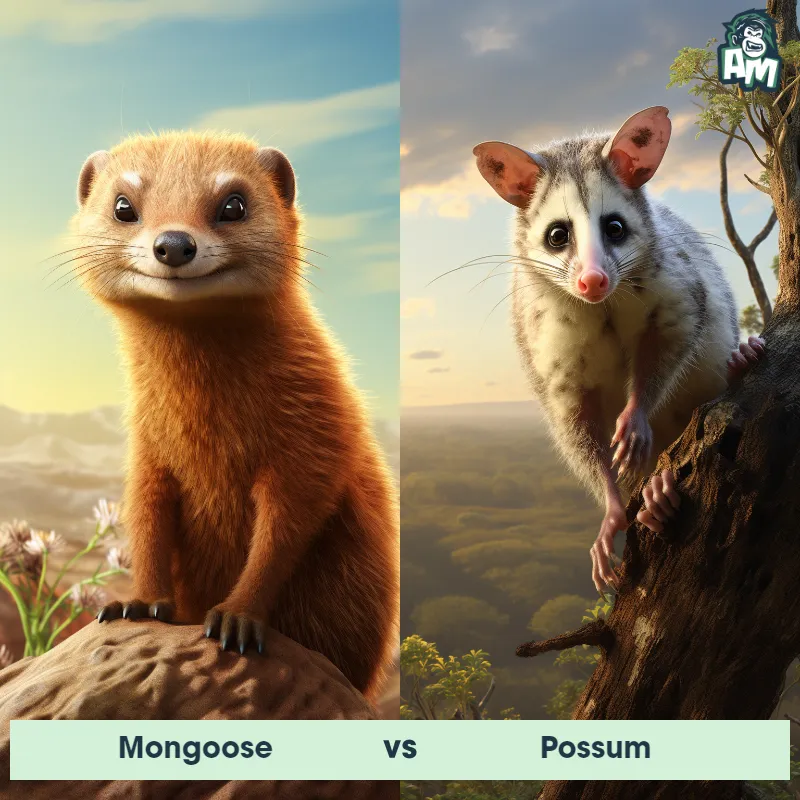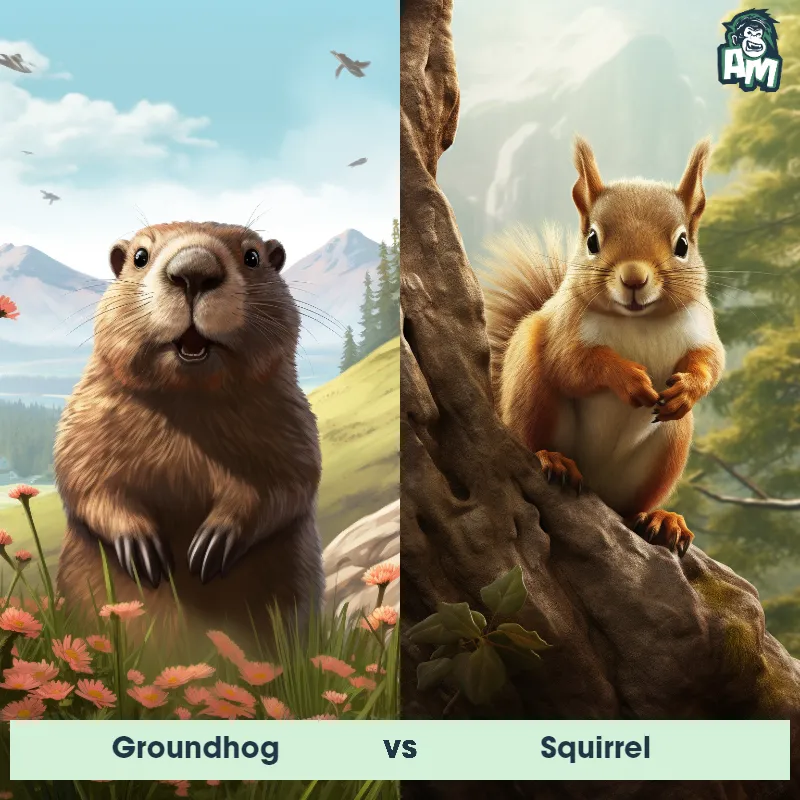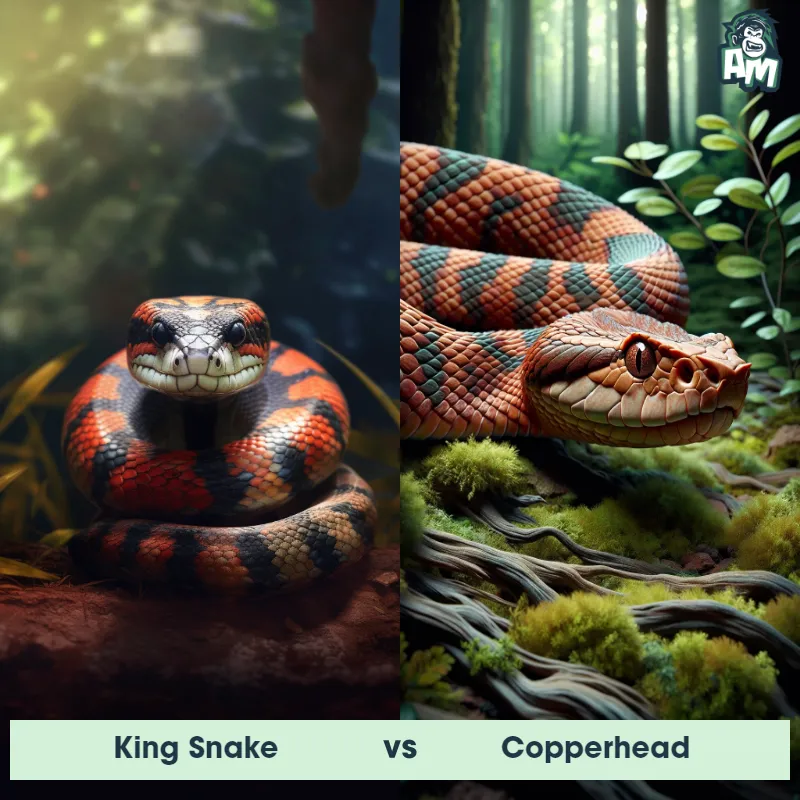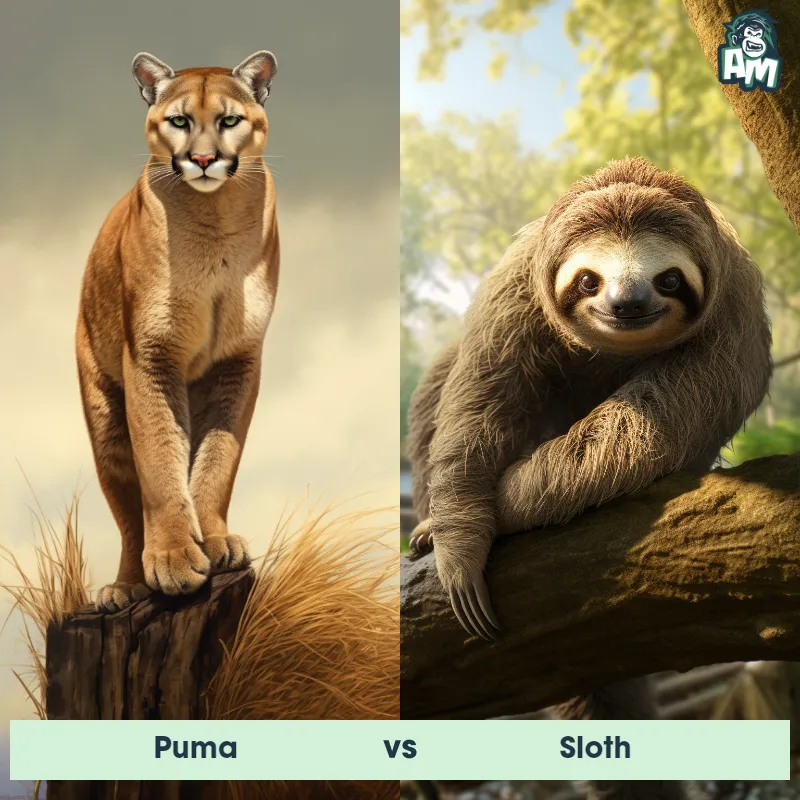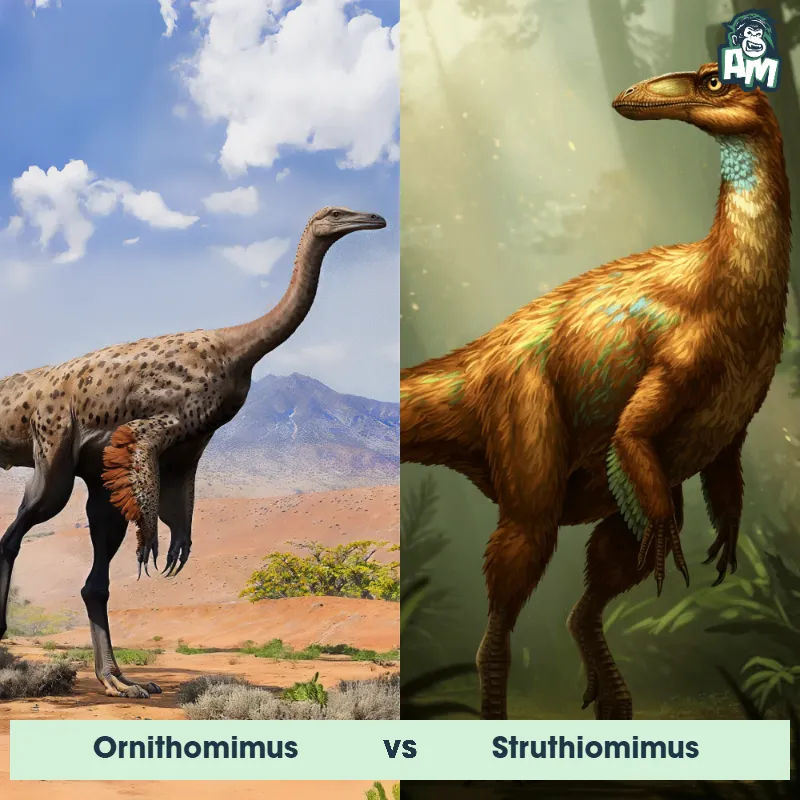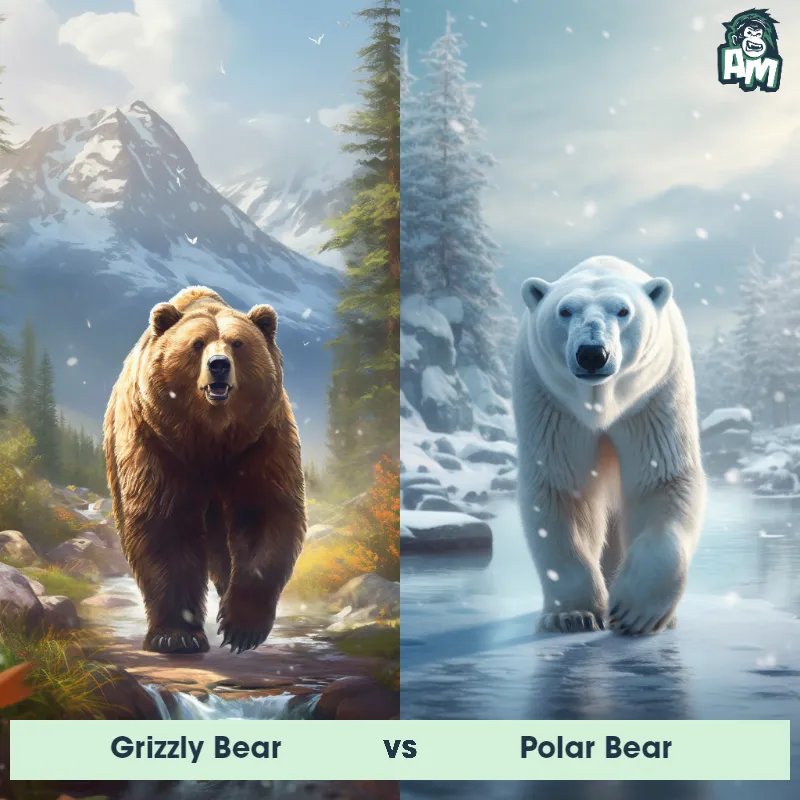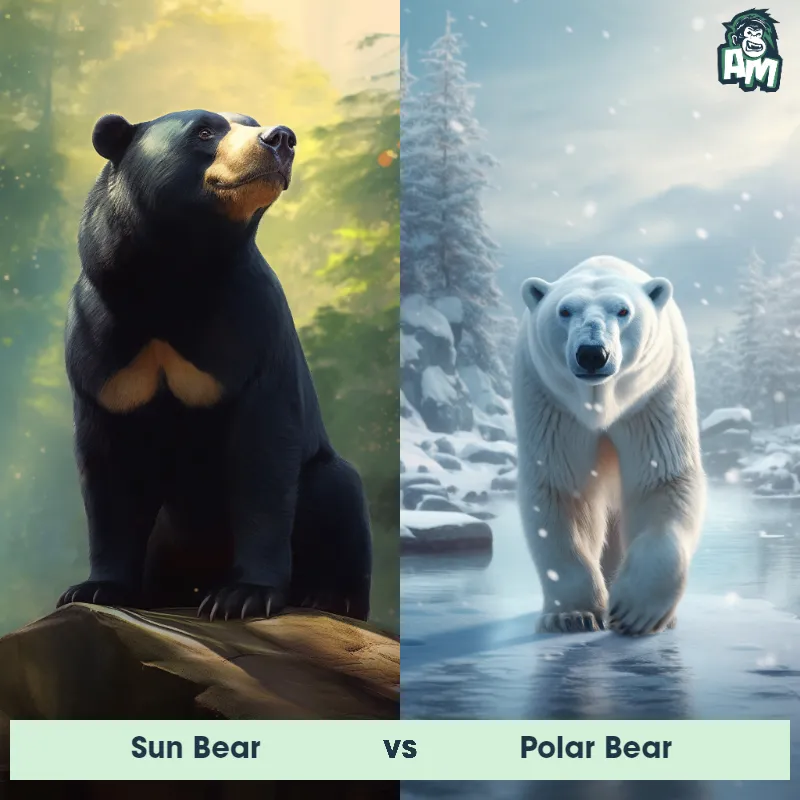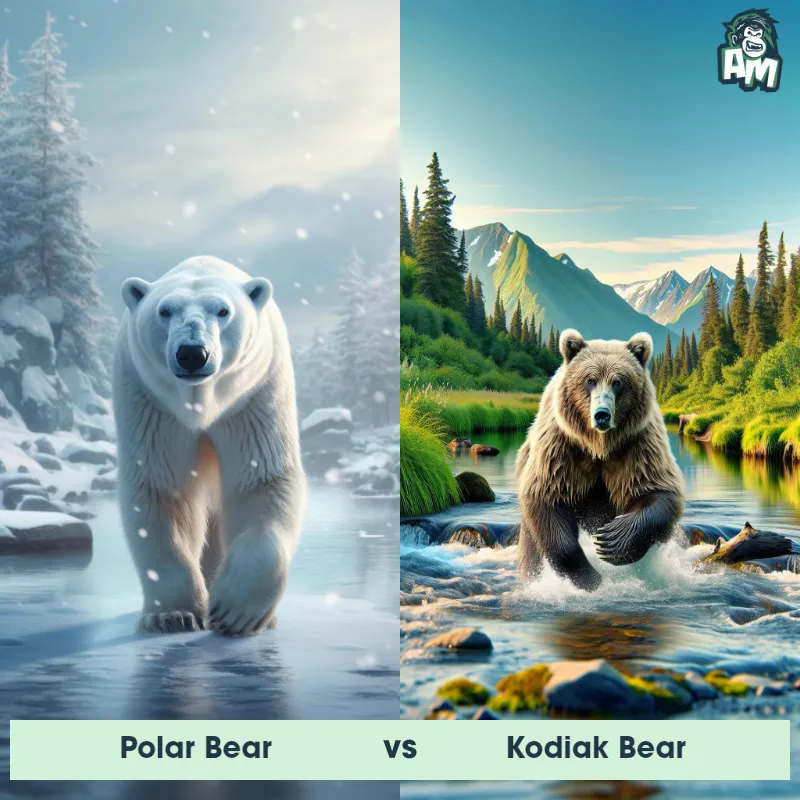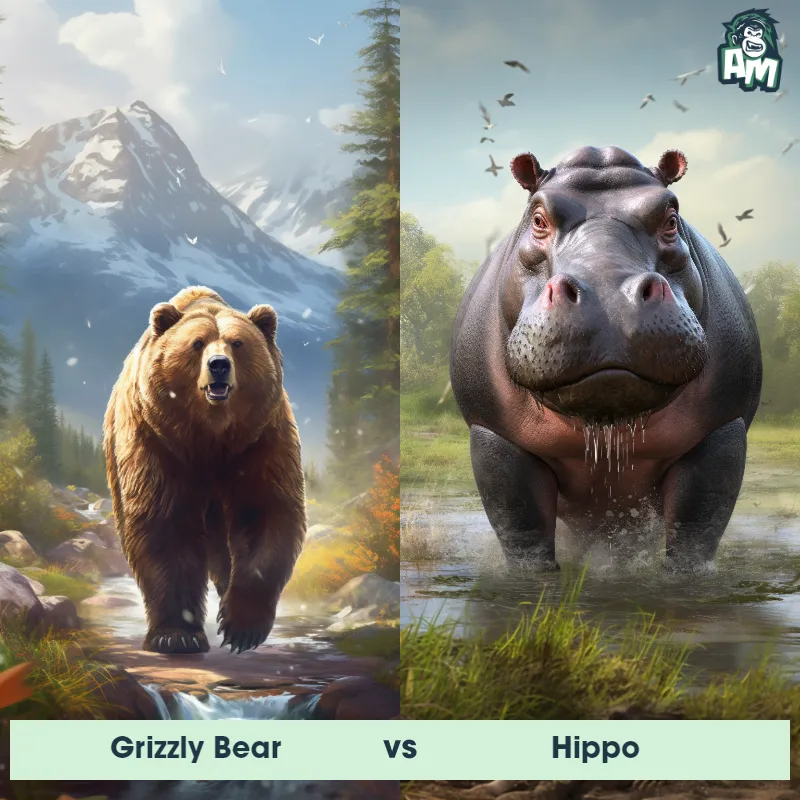Polar Bear vs LeopardSee Who Wins
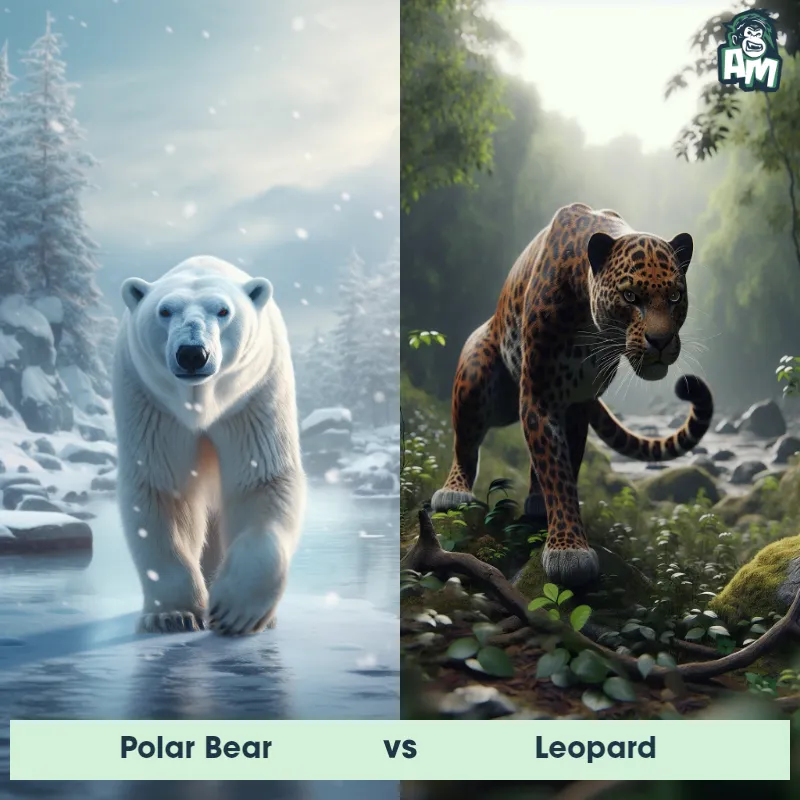
Ladies and gentlemen, welcome to tonight's highly anticipated matchup! We have a thrilling encounter for you tonight as we witness the fierce battle between a Polar Bear and a Leopard. Both these predators are known for their strength and agility, making this contest an exciting one to watch. Without further ado, let's jump straight into the action!
Contender 1: Polar Bear
The Polar Bear, also known as the Ursus maritimus, is a large carnivorous mammal that inhabits the Arctic region. They have a thick white fur coat that helps them blend in with their snowy surroundings, and their large paws are equipped with sharp claws that allow them to grip onto ice and catch prey. Polar Bears are excellent swimmers and can swim for long distances in search of food. They are also known for their incredible sense of smell, which they use to detect prey from miles away.
![[object Object] Gif](https://tenor.com/view/fight-mission-critical-nat-geo-wild-scuffle-brawl-gif-20524033.gif)
Fun Fact: Polar Bears have a layer of fat that can be up to 4.5 inches thick, which helps them stay warm in the frigid Arctic temperatures.
Contender 2: Leopard
The Leopard is a large and powerful carnivorous mammal that is known for its distinctive coat pattern consisting of rosette-like spots. It has a slender body, muscular limbs, and a long tail, enabling it to be agile and swift. Leopards are primarily nocturnal creatures, preferring to hunt during the cover of darkness. They are highly adaptable and can thrive in a variety of habitats, ranging from dense forests to open grasslands. With exceptional climbing skills, they are capable of dragging their prey up trees to keep it safe from other predators.
Fun Fact: Leopards are incredibly strong and possess immense agility, as they are capable of leaping horizontally up to 6 meters and vertically up to 3 meters, allowing them to ambush their prey from above with precision.
Matchup Stats
| Polar Bear | Leopard | |
|---|---|---|
| Size | 8-10 feet (2.4-3 meters) | 24-28 inches (60-71 cm) at the shoulder; 5-6 feet (1.5-1.8 meters) in length |
| Weight | 900-1,600 pounds (408-725 kilograms) | 80-160 pounds (36-73 kilograms) |
| Speed | Speed: 25 mph (40 km/hr) | 36-37mph (58-60km/h) |
| Key Strength | Powerful jaws and sharp claws | Powerful jaw and sharp claws |
| Biggest Weakness | Slow movement on land | Less endurance compared to some other big cats |
Current Votes
Polar Bear vs Leopard
See Who Wins
View More Matches
Looking For More?
Similar Matches
Scientific Stats
| Polar Bear | Leopard | |
|---|---|---|
| Scientific Name | Ursus maritimus | Panthera pardus |
| Family | Ursidae | Felidae |
| Habitat | Arctic region | Variety of habitats including forests, grasslands, and mountains |
| Geography | Arctic Circle | Africa, parts of Asia |
| Diet | Carnivorous, primarily seals | Carnivorous, preys on various animals including ungulates, small mammals, birds, and reptiles |
| Lifespan | 20 years - 30 years | 12 years - 17 years |
Key Differences between Polar Bear and Leopard
- Head structure: Polar Bears have a larger, elongated head with a strong jaw equipped with long canine teeth, whereas Leopards have a slightly smaller and more rounded head in proportion to their body size, also with long canine teeth.
- Size: The Polar Bear is significantly larger than the Leopard, with adult males measuring around 8-10 feet in length and weighing up to 1,500 pounds, whereas Leopards typically measure around 4-6 feet in length and weigh up to 200 pounds.
- Color and pattern: Polar Bears have a distinctive pure white or creamy white fur, which helps them blend into their icy habitat, while Leopards have a patterned coat with dark spots called rosettes, which provides excellent camouflage in various environments.
- Habitat and geographic range: Polar Bears primarily inhabit Arctic regions, such as the Arctic Circle, Greenland, and parts of Canada and Alaska, while Leopards have a much broader range, being found in various habitats across Africa and parts of Asia, including forests, grasslands, and mountains.
- Tail length and shape: The Polar Bear possesses a short, stubby tail that measures around 3-5 inches, whereas Leopards have a longer, more flexible tail that can reach up to 3 feet in length and aids in balance while climbing or maneuvering.
- Build and body shape: Polar Bears have a bulkier and more robust build with a round face and stocky legs, ideal for swimming and navigating through sea ice, whereas Leopards have a slender and agile build with a more elongated face and lithe limbs, designed for climbing trees and stalking prey.



